Top 8 Interesting Facts about Simon Bolivar
The Republic of Bolivia and the Gran Colombia were established by the military and political figure Simon Bolivar, a native of Venezuela. Present-day Colombia, ... read more...Venezuela, Ecuador, Panama, and Peru made up Gran Colombia. In numerous Latin American nations, he was referred to as “The Liberator” or El Libertador. Do you have any curiosity about this leader? Let's follow Toplist to discover some interesting facts about Simon Bolivar.
-
Bolivar was born in Caracas, the nation of Venezuela's capital and largest city, to a prosperous family. On July 24, 1783, the same year that the American Revolution came to a conclusion, he was born. He received his education overseas before moving to Spain at the age of 16. He visited Alexander von Humboldt and witnessed Napoleon's coronation while in Europe.
One of the interesting facts about Simon Bolivar is his family is one of Venezuela's richest families. They had copper and gold mines, which provided prosperity for the family. Simon had an affluent childhood and education, which is strongly shown in his trip to Europe for his studies and military training, as well as the fashion trend for individuals in his class.
Simon's fortune allowed him to support numerous independence movements that led to the liberation of numerous Latin American countries. As a result, lost his social standing, but he never regretted it because he genuinely desired a free and united Latin America. Due to his patriotic behavior, he also lost a significant amount of family money.
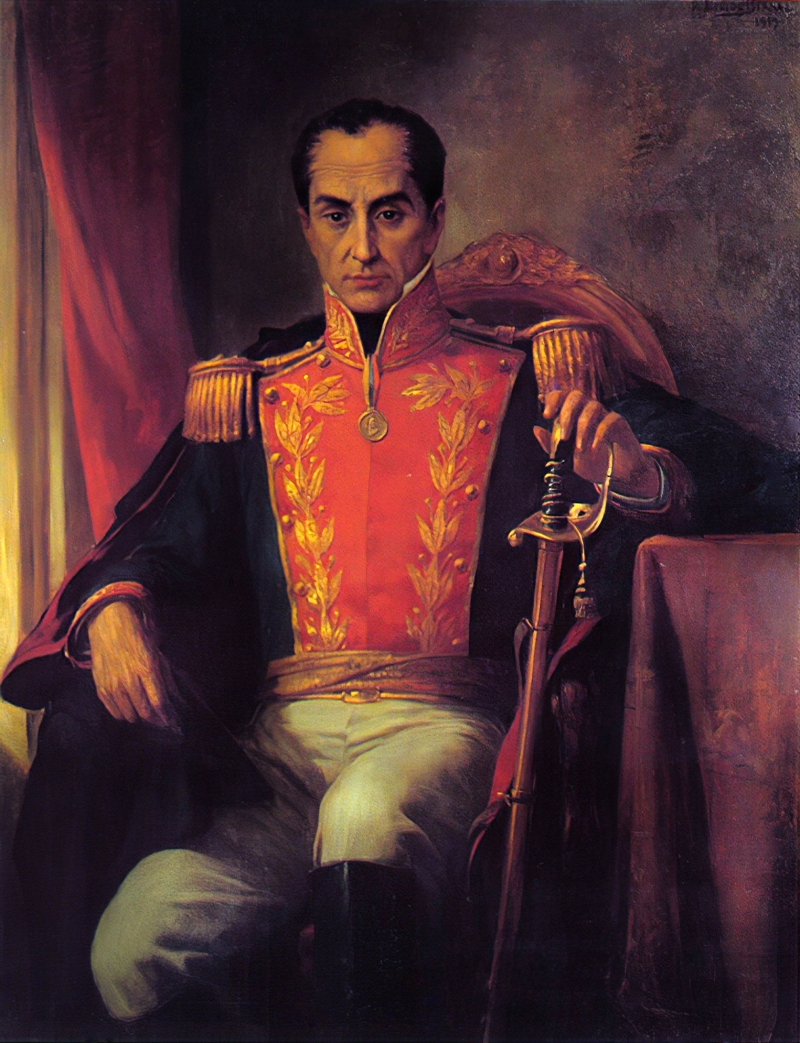
Photo: Simon Bolivar - commons.wikimedia. 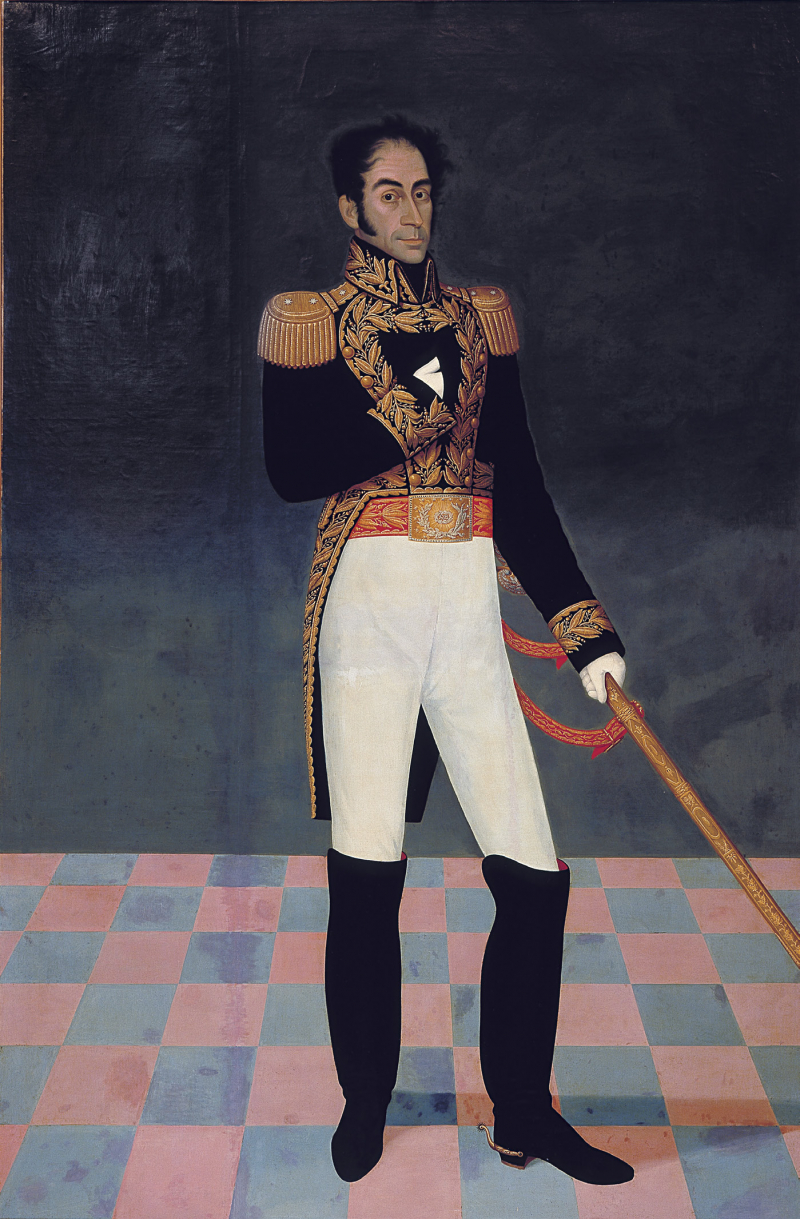
Photo: Simon Bolivar - commons.wikimedia. -
Bolivar married Maria Teresa del Toro Alayza, who was 20 years old, when he was just 18 years old. The couple first met in Madrid and courted each other for two years before tying the knot on May 26, 1802. The young couple relocated back to Caracas, Bolivar's hometown, in July of the same year. Maria died on July 22, 1803, from yellow fever she suffered while in Caracas.
Bolivar made the vow to never get married again when still a young man after his young bride passed away, and he kept it despite having several mistresses. He traveled to Europe with his master Rodriguez in 1804. Rodriguez encouraged Bolivar onto the heroic course of freeing Venezuela from Spanish control in order to divert him from the loss of his wife. Through this, Bolivar's life changed from that of a depressed widower to that of a liberator. Later, he said that his commitment to his political career was motivated by Maria's untimely demise.
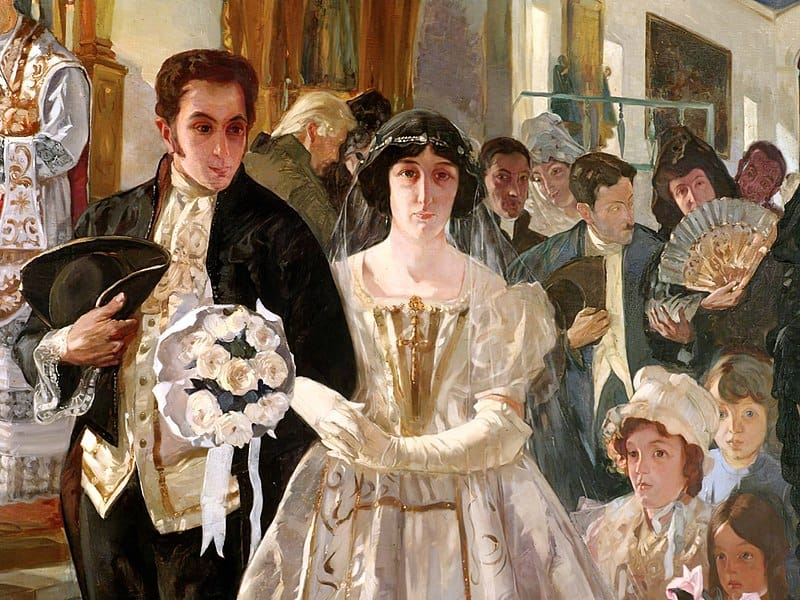
Photo: Bolivar marries Maria Teresa – Wikipedia 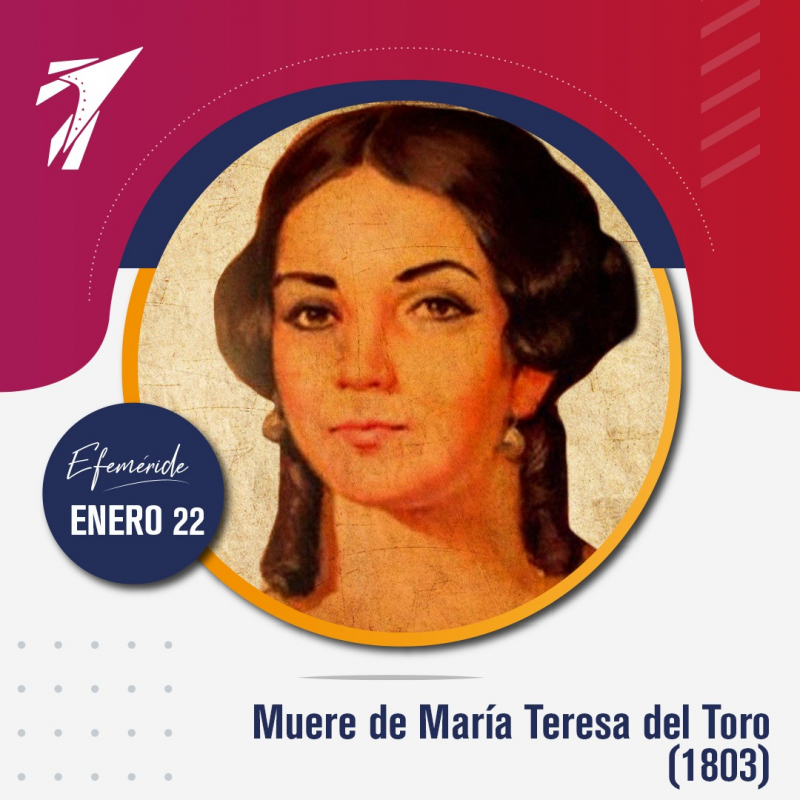
Photo: Maria Teresa del Toro Alayza - twitter -
Attempting to organize an independence movement in 1806 to free his country, Venezuelan revolutionary Francisco de Miranda failed miserably. He then committed himself to bring about the independence of Latin America and worked to establish the First Venezuelan Republic. Francisco was persuaded by Bolivar to return to Venezuela and join the War of Independence in 1810. López and Bello remained in London to serve as ambassadors, while Bolvar departed for Venezuela on HMS Sapphire on September 22. Bolvar landed in La Guaira on December 5. Miranda arrived in La Guaira later in December, a return to Venezuela that the British government did not want to happen but was powerless to stop.
Once in Venezuela, however, Miranda believed the revolution was over when Spanish Captain Domingo de Monteverde sped into the revolution's area. Miranda and the Spanish Captain signed a capitulation agreement in July 1812. This was viewed as treacherous by Bolivar, who was posing as a colonel, who then detained Miranda. Bolivar addressed Miranda's captors, the Spanish. Miranda passed away four years later while incarcerated in a Spanish jail.
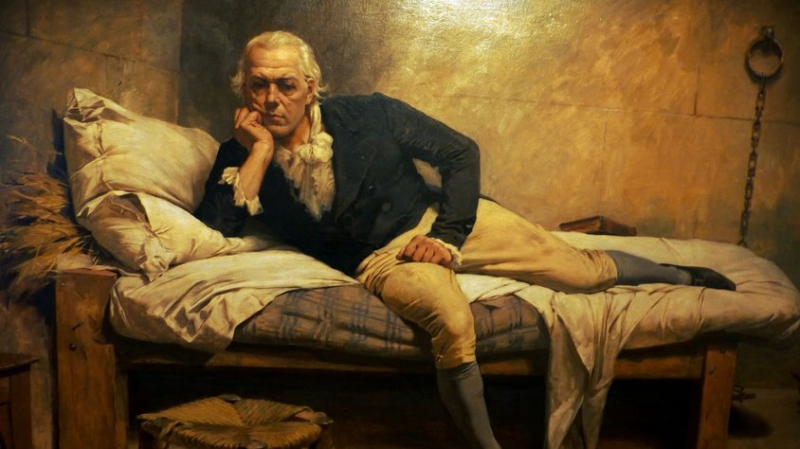
Photo: Francisco de Miranda - historia-biografia 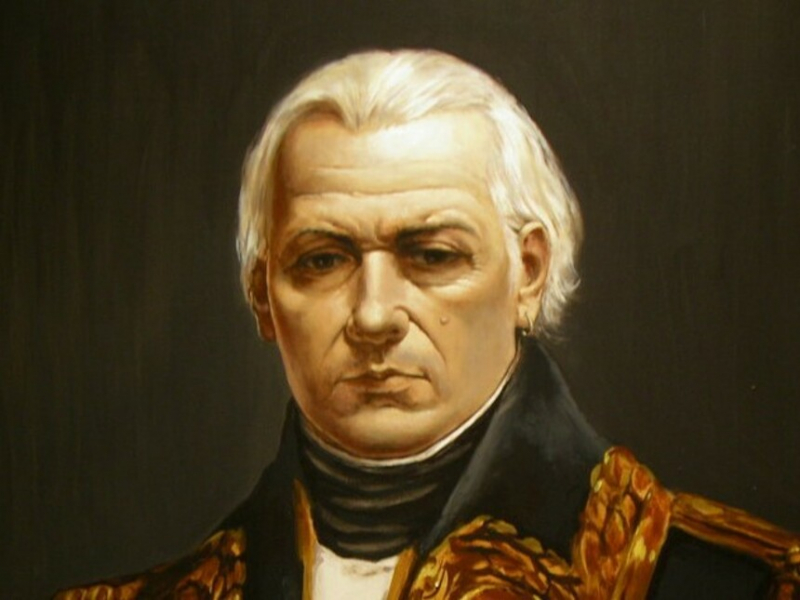
Photo: Francisco de Miranda - meer -
The Spanish soldiers massacred and committed serious crimes in Venezuela once the revolution was put down. Due to this, Bolivar launched his fight to retake Venezuela from New Grenada, which is now Colombia.
The Admirable Campaign, which Bolvar began on May 14, saw the issuance of the Decree of War to the Death, which mandated the execution of all Spaniards in South America who were not actively assisting his army. The Latin Americans who carried out these murders and mayhem were absolved by the decree.
In less than six months, Bolivar advanced all the way to Caracas, where he entered and paraded around on August 6. In October, he drove Monteverde out of Venezuela after defeating him in Puerto Cabello. On his return to Caracas on October 14th, Bolvar was dubbed “The Liberator” (El Libertador) by the city council, continuing a moniker bestowed upon him on May 23rd by the people of Mérida, Venezuela. Bolivar's men were routed, and the city was taken again by those who supported Spanish control, therefore this triumph was fleeting.
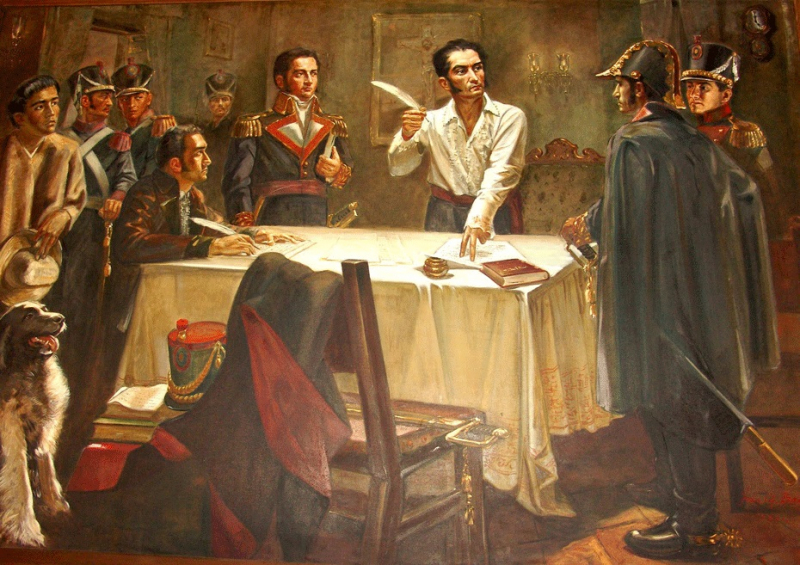
Photo: Decree of War to the Death - wikipedia 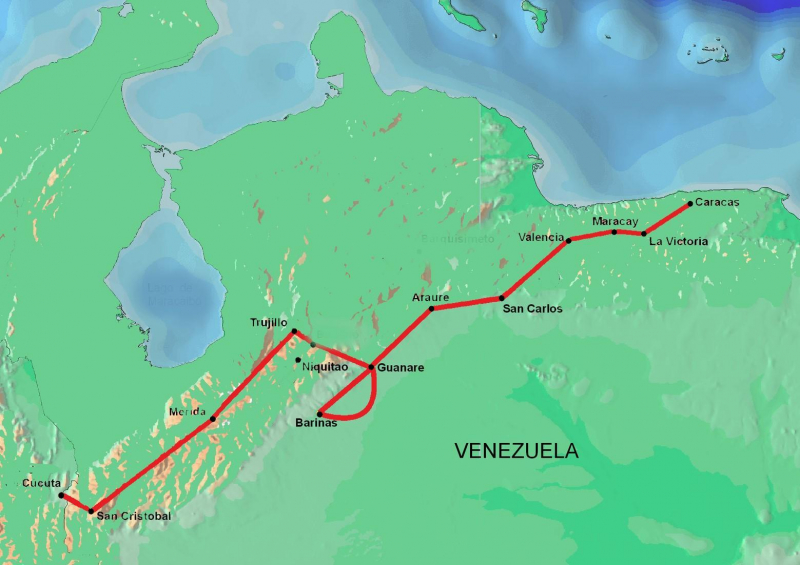
Photo: The Admirable Campaign - brainly.lat -
A New Granadan general by the name of Francisco de Paula Santander was rumored to be best friends with Bolivar. In the crucial Battle of Boyacá, they engaged in close combat. Bolivar, who presided over Gran Colombia, is reported to have had such confidence in Francisco that he named him his vice president.
When their opinions on how Gran Colombia should be run diverged, the two split apart. Bolivar thought the country needed a strong hand as it expanded, whereas Santander thought the country needed laws and democracy to advance.
Bolvar managed to elude an assassination attempt on September 25, 1828. President Bolvar pardoned Santander, remitted his sentence, and ordered his exile after he had been found guilty in a hastily conducted military trial and had been given the death penalty without any particular evidence of his involvement in the incident.
Even now, the specifics are unclear, and the evidence doesn't seem to be conclusive. Some historians believe that Santander was aware of the potential for an assassination attempt, first objected to it, but ultimately permitted it to proceed without his direct involvement. Later in his life, Santander himself took over this job. Despite the lack of concrete evidence, some people believe Santander may have been involved in the plot from the start because it would be politically advantageous for him.
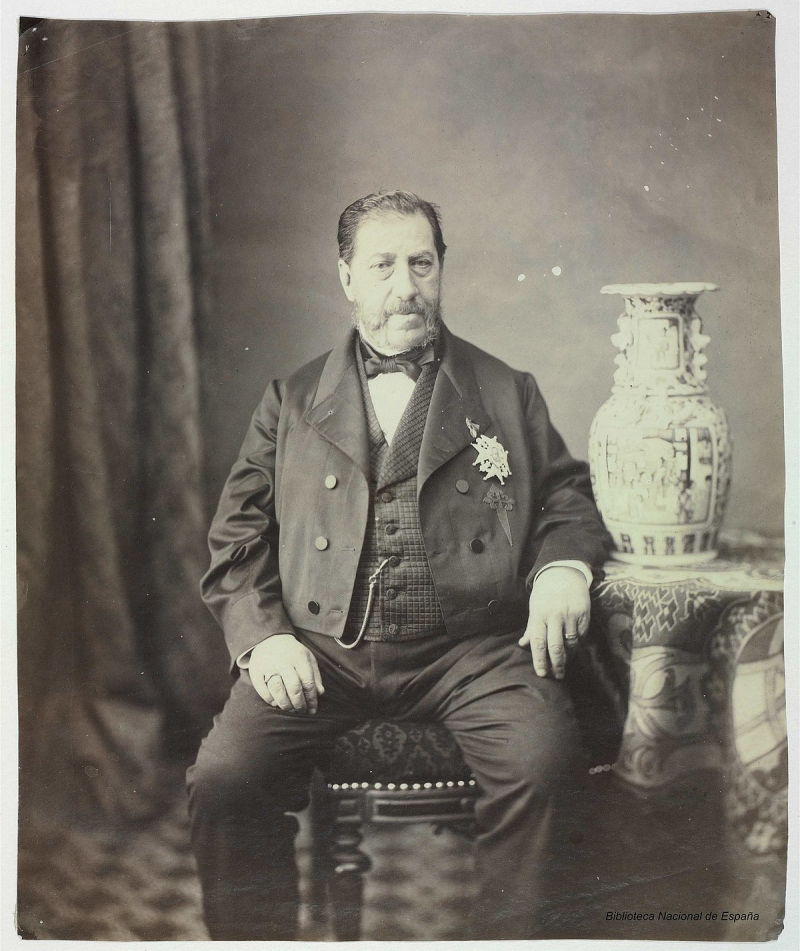
Photo: Francisco de Paula - commons.wikimedia.org 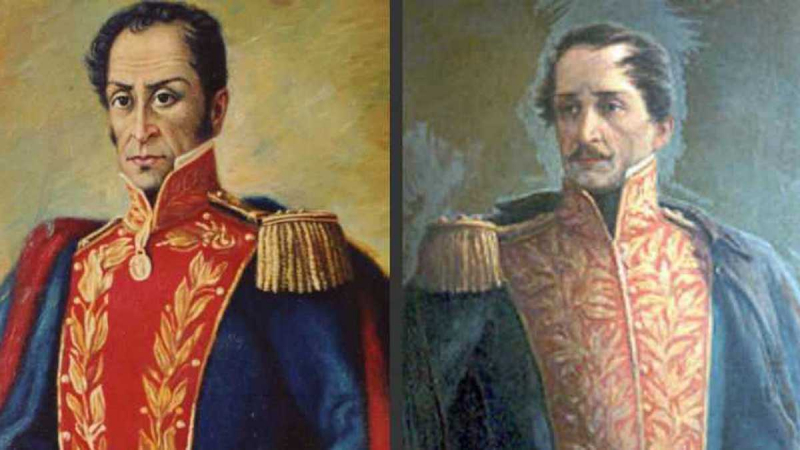
Photo: Francisco de Paula and Simon Bolivar - semana -
As the George Washington of South America, Bolivar rose to fame. They had similar rich upbringings, a love of independence, and military strategy. Bolivar, though, battled across a much larger region and for twice as long as Washington.
Bolivar took calculated risks that frequently paid off, and one triumph, in particular, helped to solidify his legacy. One of the interesting facts about Simon Bolivar is he was renowned for his lightning-quick decision-making and willingness to take chances, which typically paid off. When an illustration, in 1813, as the Spanish forces drew closer to him, he and his army pulled off the unexpected by marching forward and capturing the city of Caracas.
He overcame the frigid Andes in 1819 to ambush the Spanish in New Granada. He lost all of his horses, most of his weaponry, and a third of his army to malnutrition and the cold. However, the Spanish quickly abandoned their goods after learning of his quick descent from the highlands, possibly remembering Bolivar's brutal 1813 order that allowed the massacre of civilians.
Nothing could stop him because he was adamant about reaching his objective. He led his troops through poor weather to the battle of Junn in the Peruvian highlands in 1824.
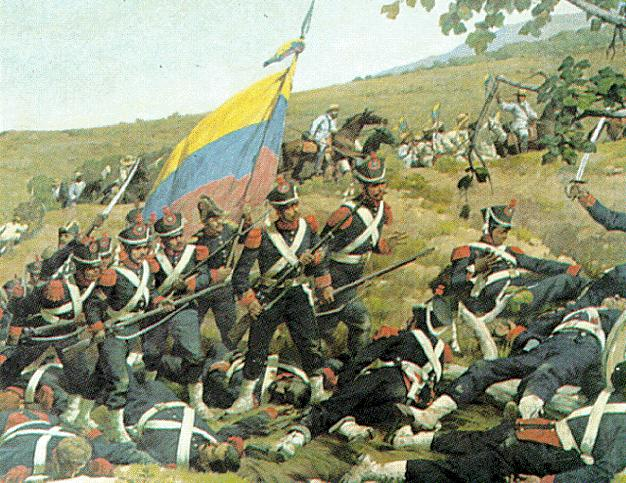
Photo: Military of Simon Bolivar - militaryheritage 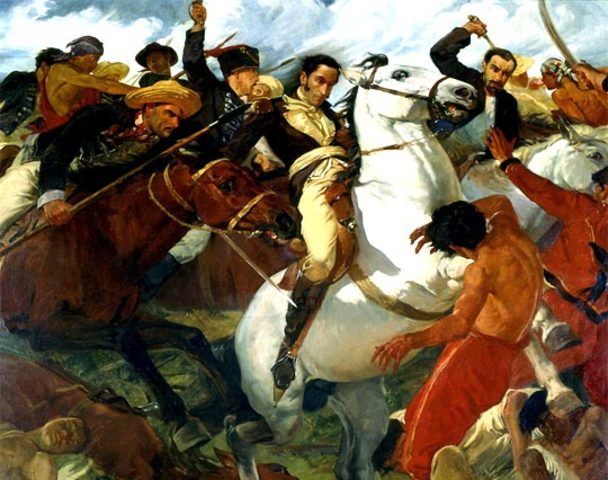
Photo: Military of Simon Bolivar - timetoast -
After his parents passed away in 1799, Bolivar traveled to Spain to pursue his education and military training. He was able to develop from this instruction to become one of the most revered figures in the South American freedom movements.
Although Bolivar's goal of permanently uniting Latin America never came to pass, the Liberator's influence may still be seen in many of the continent's contemporary nations. His tremendous influence can be seen most clearly in the names of the country. One of the interesting facts about Simon Bolivar is there have 2 countries named after him.
He has received recognition from many Latin American nations, but the best distinction was having not one, but two nations named in his honor. Upper Peru was freed in 1825, and it was given the name Republic of Bolivar (later Bolivia). Hugo Chavez (1954–2013), who served as president of Venezuela, changed the name of the nation to “The Bolivarian Republic of Venezuela” and added a star to the flag in Bolivar's honor.
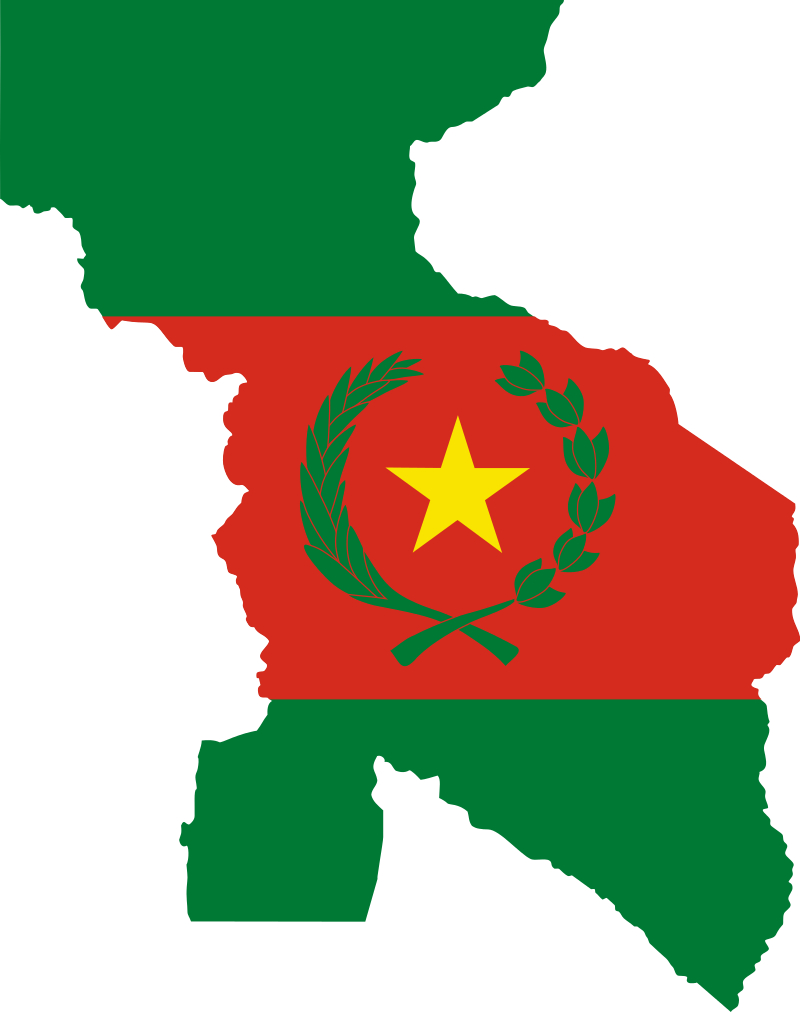
Photo: Flag-map of Republic of Bolivar - commons.wikimedia.org 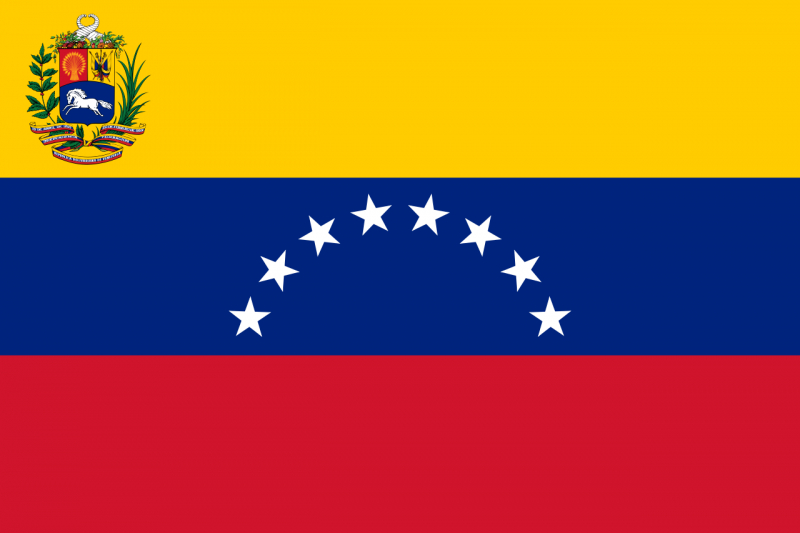
Photo: Flag of Venezuela - commons.wikimedia -
Most of the time, we would have anticipated that Bolivar would perish in one of the numerous conflicts in which he took part, but he passed away from natural causes. He also managed to escape from multiple attempts at assassination and avoid suffering any injuries that could have been fatal. Nevertheless, after numerous attempts to elude death, he passed away from TB on December 17, 1830, at the young age of 47, at the Quinta de San Pedro Alejandrino in Santa Marta, Gran Colombia (now Colombia).
Bolivar's bones were interred at the Santa Marta Cathedral. They were transferred from Santa Marta to Caracas twelve years later, in 1842, at the request of President José Antonio Páez, and interred alongside his wife and parents in the Caracas Cathedral. He was transferred to a monument erected for his burial in the Venezuelan National Pantheon in 1876. Numerous references to his life can be found in the Quinta near Santa Marta, which has been preserved as a museum. Manuela Sáenz's symbolic bones were also buried at Venezuela's National Pantheon in 2010.
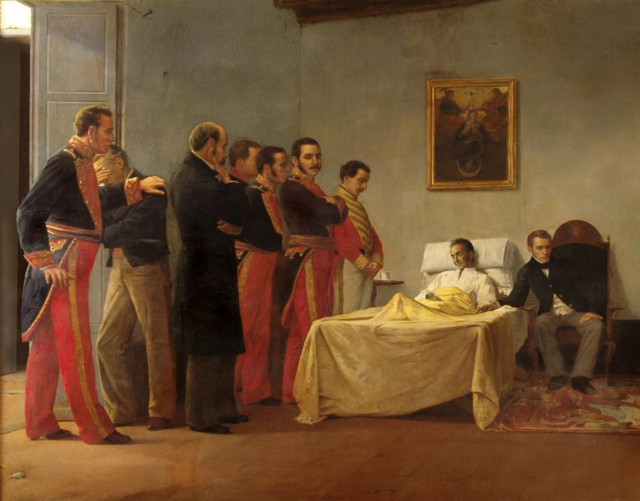
Photo: Death of Simon Bolivar - wikidata Source: La muerte de Simón Bolívar youtube channel





























